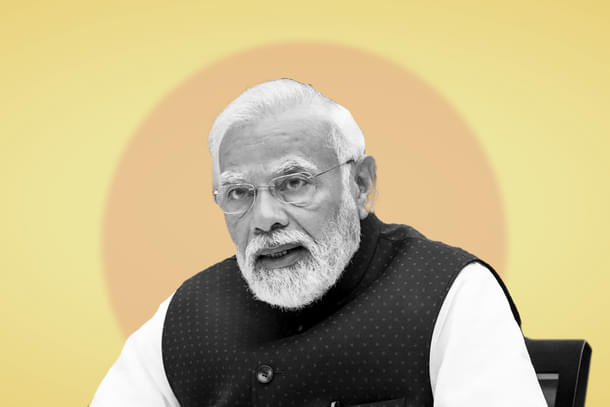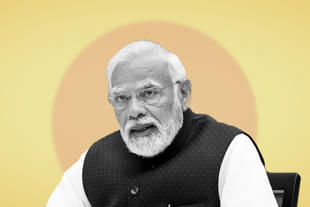Commentary
Semiconductors, Solar Power, Critical Minerals: Why 29 February Was A Leap Day For India's Growth Trajectory
Amit Mishra
Mar 01, 2024, 03:33 PM | Updated 03:51 PM IST
Save & read from anywhere!
Bookmark stories for easy access on any device or the Swarajya app.


The union cabinet on 29 February approved three new projects to move the needle on India’s renewable energy and diversify supply chains.
As part of a renewed thrust to increase the adoption of solar power, the cabinet approved PM Surya Ghar Muft Bijli Yojana, allocating Rs 75,021 crore to install solar power equipment on the rooftops of 10 million homes.
On the face of it, the new scheme aims to overcome barriers hindering the adoption of household solar systems, including affordability, limited access to finance, and a significant awareness gap.
The scheme offers subsidies ranging from Rs 30,000 to Rs 78,000 for systems from 1 kW to 3 kW, along with collateral-free loans at 7 per cent interest for installing solar power equipment up to 3 kW.
Moreover, this initiative will add another 30 GW of solar capacity, strengthening India's solar power infrastructure, which currently accounts for 17 per cent of the nation's total power capacity.
Most notably, it provides clean, affordable energy to low and middle-income households. A 3 kW system could generate over 300 units monthly on average for a household, reducing utility bills and potentially earning income from surplus power sold to DISCOMs.
As India races to promote electric vehicles (EVs) by offering subsidies and building infrastructure, a reliable supply chain for minerals EVs that need to roll along the roads is mounting a challenge.
To tackle this, the cabinet has finalised royalty rates for 12 critical minerals, completing the rationalisation of rates for all 24 such minerals.
Critical minerals are essential for economic development and national security, the lack of which may lead to supply chain vulnerability and disruption. With India's focus on energy transition and achieving net-zero emissions by 2070, these minerals have become even more crucial.
In August 2023, India declared a list of 24 critical and strategic minerals, a first-of-its-kind exercise, followed by putting up 20 blocks of these minerals including lithium and rare Earth minerals (REEs) for auction, opening them to commercial mining by the private sector.
The specification of new rates effectively aligns India’s royalty rates with global benchmarks, paving the way for attracting more private players into commercial exploitation of these minerals.
However, the most significant cabinet announcement has been the approval of three semiconductor proposals worth Rs 1,25,600 crore at Dholera and Sanand in Gujarat and Morigaon in Assam.
The Tata Group and Taiwanese foundry PSMC will jointly develop India's first semiconductor fabrication plant in Dholera, projected to cost Rs 91,000 crore. The Dholera facility will churn out 50,000 wafers per month and cater to high-performance computing chips with 28 nm technology.
Another Tata initiative, an assembly, testing, marking, and packaging (ATMP) unit in Morigaon, costing Rs 27,000 crore, has also been approved. The facility in Sanand will also be a packaging unit, set up by CG Power with technology from the Renesas Electronics Corporation of Japan and Stars Microelectronics of Thailand.
The move to engage firms from Japan, Taiwan, and Thailand signals that New Delhi's ambitious Semiconductor Mission to kick-start domestic chip manufacturing is gaining momentum after a sputtering start in 2021.
The development of a homegrown semiconductor ecosystem could be the final piece needed to transform India into a global manufacturing hub, which it envisions as crucial in making India a $5 trillion economy.
In conclusion, all three developments — from semiconductors to solar mission to critical minerals — assure the viability of clean energy and supply chain de-risking and diversification.
Amid concerns over global reliance on China for critical materials and semiconductors, the Centre's initiative has the potential to galvanise India's growth trajectory. It is up to the successful execution to lead the way.
Else, there is a real risk that many of the challenges that have impeded previous initiatives will resurface.





